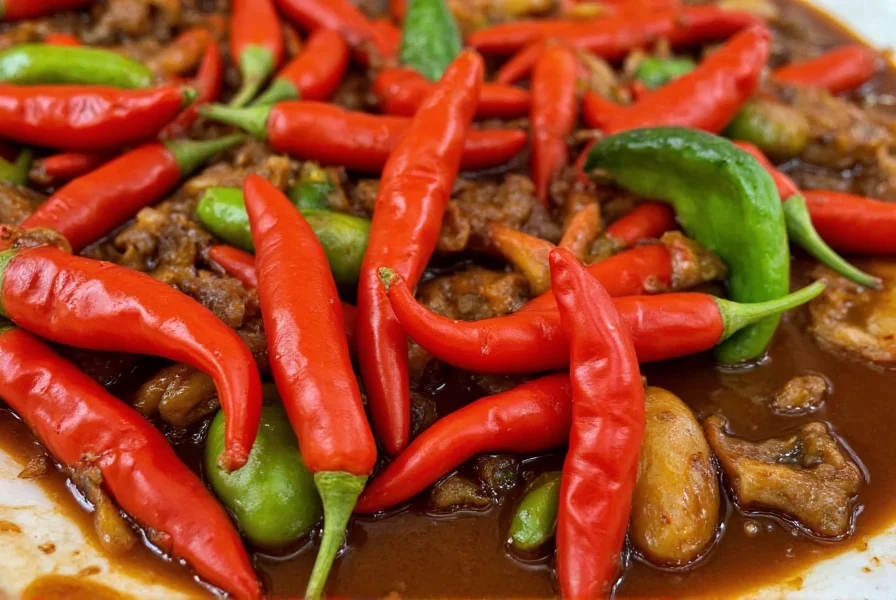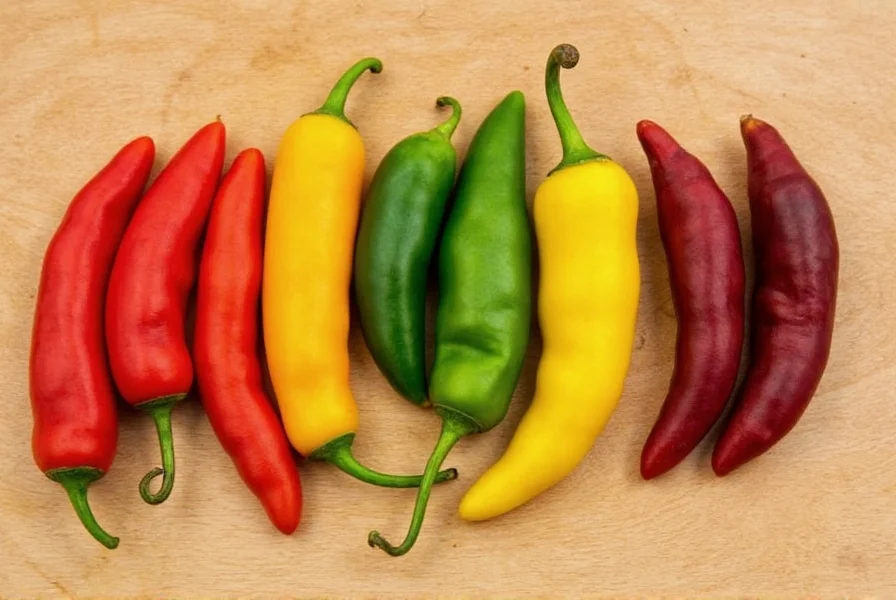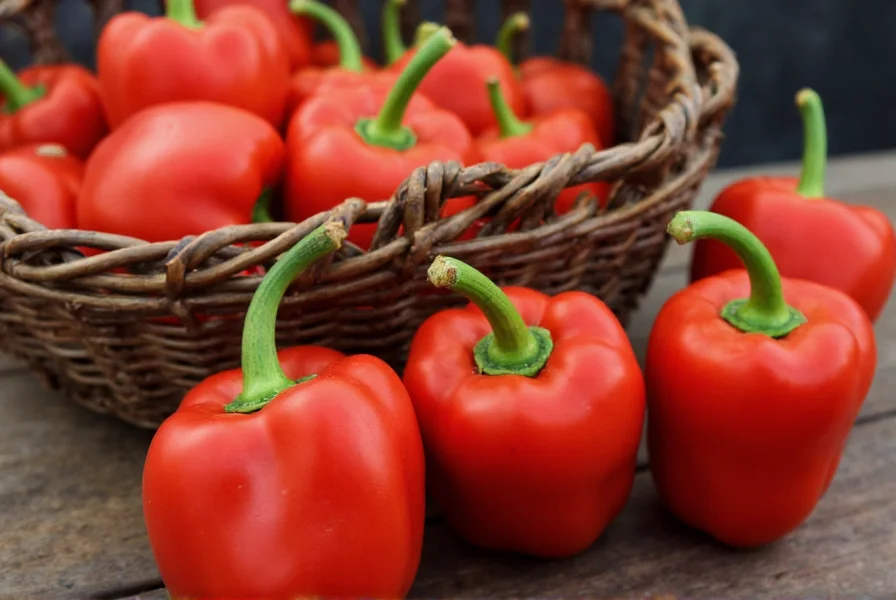There is no specific "adobo pepper" variety. Adobo refers to a cooking method and seasoning blend primarily used in Filipino and Spanish cuisines, not a distinct pepper. The confusion often stems from adobo seasoning containing various peppers, but no single pepper is called "adobo pepper."
When home cooks search for "adobo pepper," they're usually encountering a common culinary misconception. Understanding this confusion is essential for anyone exploring global cuisines, particularly Filipino cooking where adobo reigns as the national dish. This article clarifies the adobo pepper myth while providing practical guidance for using peppers in authentic adobo preparations.
What Adobo Really Is (And Isn't)
Adobo describes a cooking technique where ingredients are marinated and simmered in a vinegar-based sauce with garlic, soy sauce, and various spices. The term comes from the Spanish word "adobar," meaning "to marinate." Despite frequent searches for "adobo pepper," no pepper variety bears this name. The confusion typically arises because many adobo seasoning blends contain ground peppers.
Peppers Commonly Used in Adobo Dishes
While no "adobo pepper" exists, several peppers enhance authentic adobo recipes:
| Pepper Type | Role in Adobo | Heat Level (Scoville) |
|---|---|---|
| Siling Labuyo | Traditional Filipino bird's eye chili | 80,000-100,000 |
| Black Pepper | Essential seasoning in most adobo blends | 0 (piperine) |
| Chili Flakes | Modern variation for heat | 500-30,000 |
| Bell Peppers | Added in some regional variations | 0 |
The Filipino adobo pepper confusion often stems from commercial adobo seasoning products that list "pepper" among ingredients without specifying which variety. Authentic Filipino adobo traditionally relies on siling labuyo (tiny, fiery chilies) rather than bell peppers or other common varieties.

Decoding Adobo Seasoning Blends
Store-bought adobo seasoning typically contains:
- Garlic powder
- Onion powder
- Oregano
- Black pepper
- Salt
- Paprika or cayenne (for color and heat)
When recipes call for "adobo pepper," they're likely referring to the black pepper component of adobo seasoning or possibly the chili content. Understanding this distinction prevents recipe failures and helps recreate authentic flavors.
Regional Variations in Pepper Usage
Adobo preparations vary significantly across regions:
- Philippines: Siling labuyo provides authentic heat in chicken and pork adobo
- Mexico: Adobos often feature guajillo or ancho chilies in mole-style sauces
- Caribbean: Scotch bonnet peppers sometimes appear in adobo-inspired marinades
These regional differences explain why some cooks mistakenly believe "adobo pepper" is a universal ingredient. Each culinary tradition adapts the basic adobo concept using locally available peppers.
Practical Substitutions When Recipes Mention "Adobo Pepper"
If a recipe confusingly lists "adobo pepper" as an ingredient, consider these substitutions based on the dish's origin:
- For Filipino recipes: 1-2 fresh siling labuyo or 1/4 teaspoon cayenne pepper
- For Mexican-style adobo: 1-2 rehydrated guajillo chilies
- For general cooking: 1/2 teaspoon black pepper plus pinch of cayenne

Avoiding Common Adobo Preparation Mistakes
Many home cooks make these errors when working with peppers in adobo:
- Using bell peppers as primary heat source (they lack sufficient capsaicin)
- Adding peppers too early, causing bitterness
- Confusing adobo seasoning with adobo sauce (the latter contains liquid ingredients)
- Overlooking regional differences in pepper selection
For authentic results, add fresh chilies during the last 10-15 minutes of cooking to preserve their bright flavor. When using dried chilies in Mexican adobo preparations, proper rehydration and blending creates the signature rich, complex heat.
Creating Your Own Adobo Seasoning Blend
Understanding that no single "adobo pepper" exists empowers you to craft custom blends. A basic homemade adobo seasoning includes:
- 2 tablespoons garlic powder
- 1 tablespoon onion powder
- 1 tablespoon dried oregano
- 2 teaspoons black pepper
- 1 teaspoon paprika
- 1 teaspoon cumin
- 1 teaspoon salt
Adjust the pepper content based on your preferred heat level. For Filipino-style adobo, increase black pepper and add 1/4 teaspoon cayenne. For Mexican-inspired versions, substitute smoked paprika and add ground ancho chili.
FAQ: Understanding Adobo and Peppers
Understanding the distinction between adobo as a cooking technique and the peppers used within it transforms your approach to global cuisines. By recognizing that no single "adobo pepper" exists, you gain flexibility to experiment with appropriate peppers for each culinary tradition while maintaining authenticity. Whether preparing classic Filipino chicken adobo or Mexican adobo marinades, selecting the right peppers makes all the difference in achieving balanced, flavorful results that honor each cuisine's unique heritage.











 浙公网安备
33010002000092号
浙公网安备
33010002000092号 浙B2-20120091-4
浙B2-20120091-4